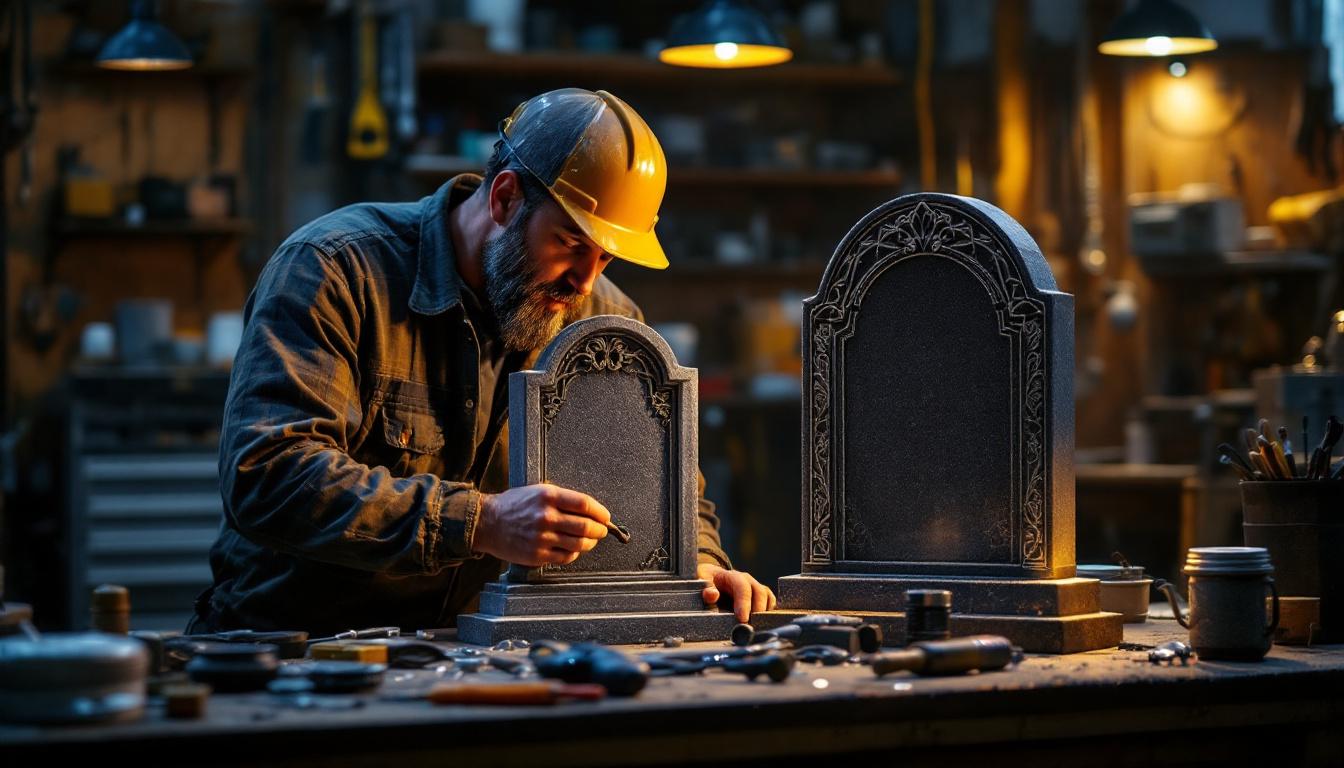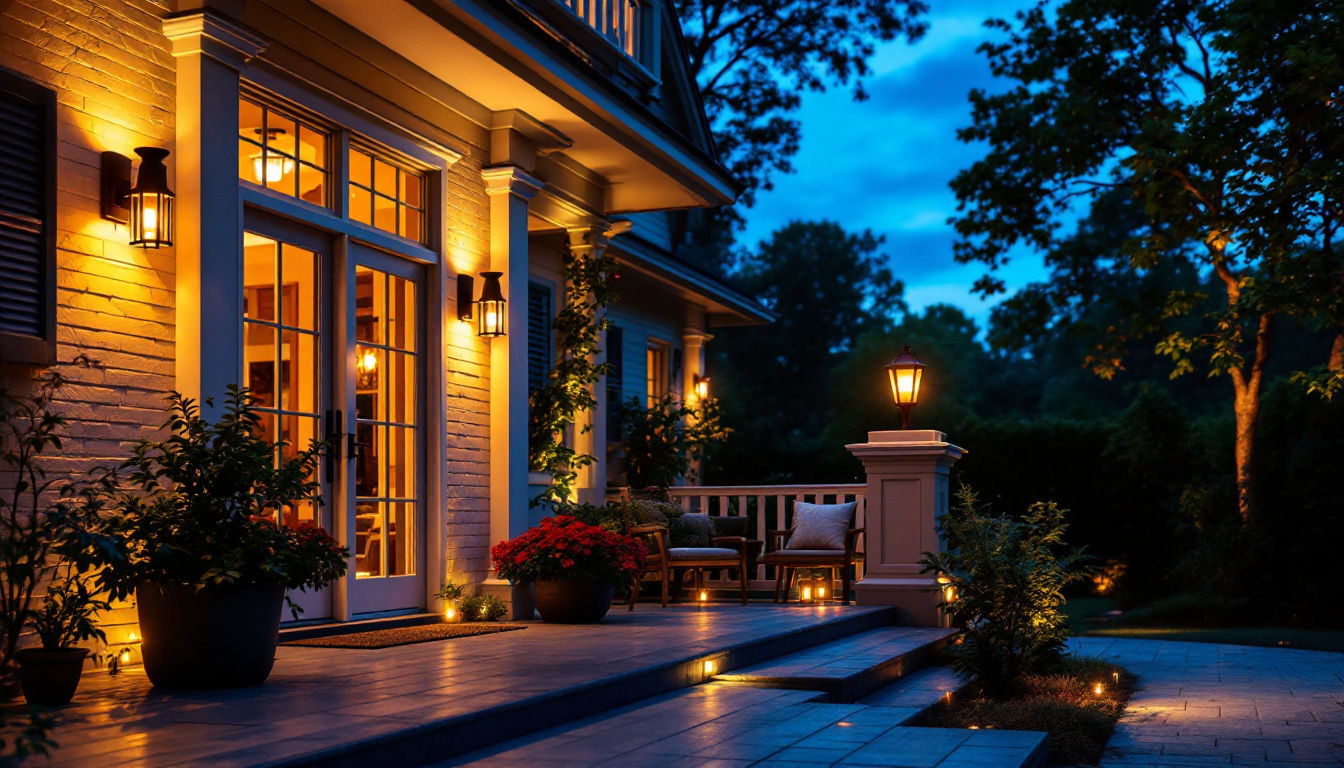
Lighting is a crucial element in any construction or renovation project. It not only enhances the aesthetic appeal of a space but also impacts functionality and safety. For lighting contractors, choosing the right lighting solutions is essential for meeting client expectations and ensuring long-term satisfaction. This guide aims to provide insights into selecting the best lighting options available in the market.
The right lighting can transform a space, highlighting architectural features and creating an inviting atmosphere. Different types of lighting, such as ambient, task, and accent lighting, serve unique purposes and can dramatically alter the perception of a room. Understanding how to balance these types will allow contractors to create spaces that not only look beautiful but also serve their intended functions effectively. For instance, the use of warm-toned bulbs can create a cozy and intimate environment, perfect for bedrooms and lounges, while cooler tones are often more suitable for modern, minimalist designs that require a clean and crisp look. Additionally, the strategic placement of fixtures can draw attention to artwork or decorative elements, making them focal points within the space.
Beyond aesthetics, lighting must also be functional. It should provide adequate illumination for tasks, enhance safety, and contribute to the overall comfort of the space. Contractors need to consider the specific activities that will take place in each area when selecting lighting solutions. For example, task lighting is vital in kitchens and workspaces, while ambient lighting is more suitable for living areas. Moreover, the integration of smart lighting systems can further enhance functionality by allowing users to adjust brightness and color temperature according to their needs. These systems can be programmed for different times of day or activities, ensuring that spaces are always optimally lit. Furthermore, energy-efficient options, such as LED lighting, not only reduce electricity costs but also have a longer lifespan, making them a practical choice for both contractors and homeowners alike.
In addition to aesthetics and functionality, safety is a paramount consideration in lighting design. Proper illumination can prevent accidents, especially in high-traffic areas such as staircases, hallways, and outdoor spaces. Contractors must ensure that lighting meets local building codes and safety regulations, which often dictate minimum illumination levels for various types of spaces. Moreover, incorporating features such as motion sensors and dimmers can enhance safety by providing light only when needed, reducing the risk of falls or injuries in poorly lit areas. It is also essential to consider the placement of light fixtures to avoid glare and shadows that could obscure potential hazards. By prioritizing safety in their lighting designs, contractors can create environments that are not only visually appealing but also secure for their clients.
When it comes to selecting lighting, contractors have a wide array of options. Understanding the various types of lighting solutions available can help in making informed decisions that align with client needs and project specifications.
LED lighting has gained immense popularity due to its energy efficiency and longevity. Unlike traditional incandescent bulbs, LEDs consume significantly less power and have a much longer lifespan, making them a cost-effective choice in the long run. Additionally, LEDs come in various colors and intensities, allowing for greater flexibility in design.
Fluorescent lights are another common option, particularly for commercial spaces. They are known for their bright illumination and energy efficiency. However, they may not provide the warm ambiance desired in residential settings. Contractors should weigh the pros and cons of fluorescent lighting based on the specific requirements of each project.
While less energy-efficient than LEDs and fluorescents, incandescent and halogen lights offer a warm, inviting glow that many clients prefer for residential settings. They are often used in fixtures where aesthetic appeal is paramount. However, it is important to remind clients about their higher energy consumption and shorter lifespan compared to modern alternatives.
Before making any lighting selections, it is essential to evaluate the specific needs of the project. This assessment should encompass not only the functional requirements but also the aesthetic preferences of the client.
Each space has unique lighting requirements based on its intended use. For instance, a workspace may require bright, focused lighting to enhance productivity, while a living room may benefit from softer, ambient lighting that promotes relaxation. Contractors should engage with clients to understand how each area will be used and what lighting solutions will best meet those needs.
Staying attuned to current lighting trends and client preferences is crucial. Many clients are increasingly interested in sustainable and energy-efficient solutions. Understanding these preferences allows contractors to recommend lighting options that not only meet functional needs but also align with the client’s values and aesthetic desires.
The choice of fixtures can significantly influence the overall effectiveness of the lighting. Contractors must consider various factors, including style, size, and placement, to ensure optimal performance.
Lighting fixtures come in a multitude of styles, from modern and minimalist to traditional and ornate. The chosen style should complement the overall design of the space. For example, a sleek, contemporary fixture may be ideal for a modern office, while a vintage chandelier might be more suitable for a classic dining room. Contractors should guide clients in selecting fixtures that enhance the overall aesthetic.
The size of the fixture is equally important. A large chandelier may overwhelm a small room, while tiny pendant lights may get lost in a spacious area. It is essential to consider the scale of the room and the height of the ceilings when selecting fixtures. Proper sizing ensures that the lighting is both functional and visually appealing.
Effective lighting design often involves layering different types of lighting. This means combining ambient, task, and accent lighting to create a well-rounded illumination scheme. Contractors should think strategically about fixture placement, ensuring that light is distributed evenly and highlights key features of the space. Proper layering can also help to create depth and interest in a room.
With growing concerns about energy consumption and environmental impact, energy efficiency has become a top priority for many clients. Lighting contractors play a crucial role in guiding clients toward sustainable options that reduce energy usage without sacrificing quality.
Familiarity with energy ratings, such as the Energy Star label, can help contractors recommend the most efficient products. Energy-efficient lighting not only benefits the environment but can also lead to significant cost savings for clients over time. Educating clients about the long-term advantages of energy-efficient lighting can encourage them to make more sustainable choices.
smart lighting technology is becoming increasingly popular, offering clients greater control over their lighting environments. Features such as dimming capabilities, color temperature adjustments, and remote control options can enhance the user experience. Contractors should stay informed about the latest smart lighting solutions and be prepared to integrate them into projects where appropriate.
When selecting lighting solutions, compliance with local building codes and regulations is essential. Understanding these requirements can help contractors avoid potential issues during installation and ensure that the project meets safety standards.
Lighting contractors must familiarize themselves with relevant building codes that govern electrical installations. These codes often dictate requirements for wiring, fixture placement, and energy efficiency. Ensuring compliance not only protects clients but also enhances the contractor’s reputation for professionalism and reliability.
Safety is paramount in any lighting installation. Contractors should be aware of potential hazards, such as the risk of electrical shock or fire, and take necessary precautions. This includes using appropriate materials, following installation guidelines, and ensuring that all fixtures are securely mounted. Prioritizing safety will instill confidence in clients and contribute to successful project outcomes.
Once the right lighting solutions have been selected, proper installation is crucial for achieving the desired results. Following best practices can help ensure that the lighting performs optimally and meets client expectations.
Before beginning installation, contractors should develop a comprehensive plan that outlines the steps involved. This plan should include timelines, required materials, and any necessary permits. A well-structured approach can help streamline the process and minimize disruptions.
After installation, testing the lighting is essential to ensure that it functions as intended. Contractors should check for issues such as flickering, inadequate illumination, or improper color temperatures. Making adjustments at this stage can help achieve the desired ambiance and functionality.
Once the installation is complete, conducting a walkthrough with the client is a valuable practice. This allows contractors to demonstrate how to use any smart features, adjust settings, and maintain the fixtures. Educating clients about their new lighting solutions fosters satisfaction and encourages them to reach out for future projects.
Choosing the right lighting solutions is a multifaceted process that requires careful consideration of aesthetics, functionality, energy efficiency, and compliance with regulations. By understanding the various types of lighting available, evaluating client needs, and following best practices for installation, lighting contractors can deliver exceptional results that meet and exceed client expectations.
Ultimately, the goal is to create spaces that are not only beautifully illuminated but also functional and sustainable. As the industry continues to evolve, staying informed about new technologies and trends will empower contractors to make informed decisions that benefit both their clients and the environment.
In a competitive market, the ability to provide expert guidance on lighting choices can set a contractor apart. By prioritizing quality and client satisfaction, lighting contractors can build lasting relationships and ensure the success of their projects.
Ready to elevate your lighting projects with the perfect blend of quality, affordability, and convenience? Look no further than LumenWholesale. Our spec-grade lighting products are designed to meet the highest industry standards, ensuring your projects shine with reliability and high performance. Say goodbye to inflated markups and hello to unbeatable wholesale prices, with the added benefit of free shipping on bulk orders. Don’t compromise on quality or value—choose LumenWholesale for Wholesale Lighting at the Best Value and make your next project a glowing success.

Discover the transformative impact of semi flush mount kitchen lighting in your home.

Discover the key differences between shunted and non-shunted tombstones with expert insights tailored for lighting contractors.

Discover the innovative strategies lighting contractors use to integrate T12 fluorescent bulbs into modern projects.

Discover expert insights on selecting and installing outside lights for your porch.